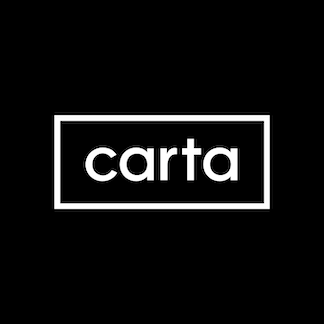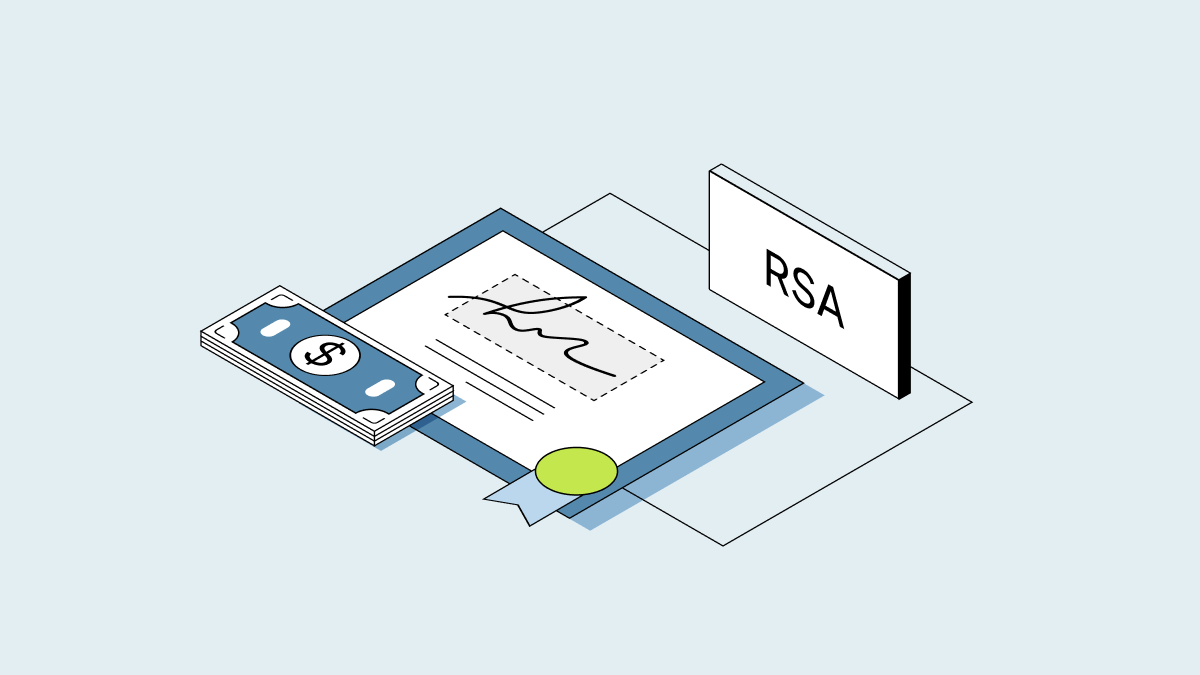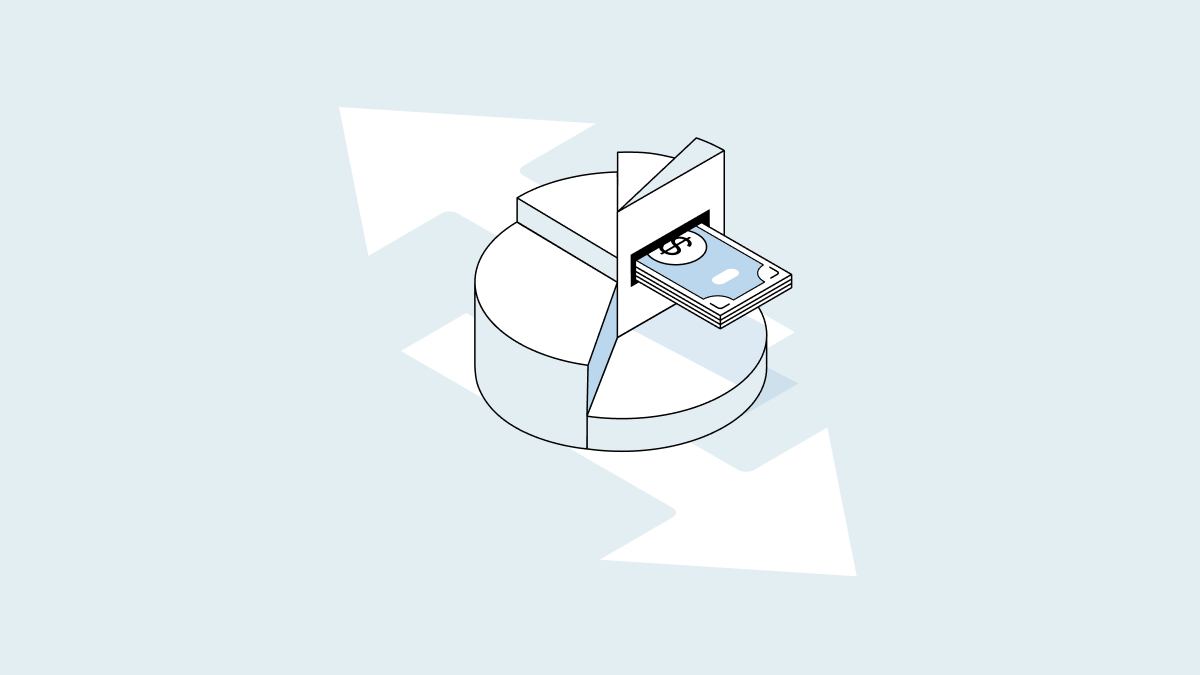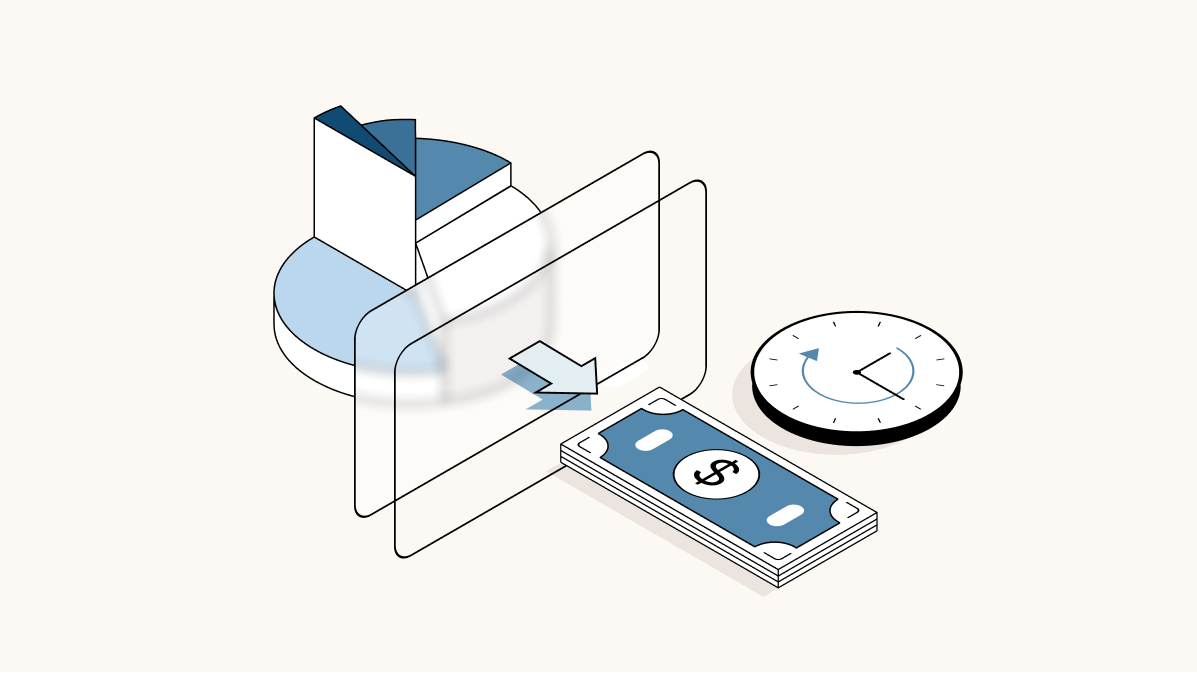In the venture capital ecosystem, a pitch deck is the most common format used by startups to solicit investment. Any startup founder, executive, or entrepreneur can use a pitch deck to convey key information about their company to potential investors and other audiences.
What is a pitch deck?
A pitch deck, also called an investor pitch deck or slide deck, is a presentation that a founder or executive uses to tell investors about their company. It can be the foundation of an in-person fundraising presentation or can be shared on its own as a written document.
A pitch deck is most commonly part of an effort to raise new funding from venture capitalists (VC) or other investors. However, pitch decks may also be used when a VC investor is soliciting their own funding from limited partners (LP).
The purpose of a pitch deck
The goal of a startup’s pitch deck is to tell a compelling story about your company that will seize the attention of potential investors and make it clear how you plan to build a successful business. Often, the goal of a pitch deck is to persuade your audience to invest in a current round. A pitch deck can also be used to help build a relationship that may result in future investment.
Startup pitch deck template & examples
Ready to make your own pitch deck? We teamed up with Lyonshare, a startup studio that helps founders and managers build and fundraise their companies, to create a free pitch deck template with helpful examples to prepare you for your next meeting with investors.
Lyonshare’s pitch decks have raised over $3B capital from leading investors including Lightspeed Venture Partners, Union Square Ventures (USV), Fifth Wall, L Catterton, Cambridge Associates, and Estée Lauder.
The outline of a pitch deck
A pitch deck can be in the form of a presentation like a PowerPoint, Keynote, or Google Slides, or it can be a written document like a PDF. These are some of the most common elements you’ll want to cover in your pitch deck presentation:
Identify the problem
The business model of many young companies is based on offering a product or service that solves a specific problem for their potential customers. A pitch deck usually begins by laying out the particular problem or problems your startup will address.
Identify your solution
After identifying the problem, explain the specific way your startup will solve it and your value proposition to customers. A pitch deck might also explain why your company and its leadership are uniquely positioned to solve the problem at hand.
Explain your business idea
A startup’s solution to a problem typically takes the form of a product or service that it plans to sell to its customers. Include a detailed description of how your product or service was designed, how it was built, how it operates (or will operate), and why it is the best solution to the problem you’re trying to solve.
Describe your customers
If your company is already operating and has an established customer base, outline who those customers are and why they have been using your product or service. If your company is at an earlier stage and doesn’t yet have customers, identify your target audience or target market and how you plan to win their business.
Detail your go-to-market strategy
A go-to-market strategy (GTM) is your company’s plan for how you will launch your product, build a customer base, and establish a competitive advantage. Determine the market size and the segment of the market your company is targeting (the market opportunity). Include research you’ve done to determine the proper segment and a strategy for how you will pitch your product to that particular segment.
Present your team
A company’s executives and employees are some of its most important factors in determining whether its GTM strategy will be a success. Highlight the strengths of your team members, including co-founders and other leaders. Outline their experience and expertise that make them the right innovators to work on the problem your company is trying to solve.
Identify the competition
If a company hopes to eventually dominate a particular market, it needs to know all the other companies in the same target market. A competition slide shows investors you’re informed about the competitive landscape and have a business plan for how your company will stand out.
Present your finances
Potential investors like to see a detailed picture of your company’s finances, including key metrics like revenue, profit or loss, expenses, and burn rate. Include financial models when possible and recent company valuations, such as your pre-money valuation and post-money valuation from any prior venture rounds. Don’t forget about the future: include financial projections of where you think your company is headed and milestones you want to hit. Projections can be particularly useful for early-stage startups with little or no financial track record.
Tell investors how you’ll use their money
When you’re actively seeking new capital from VCs you should have a plan for what you hope to do with their capital. Break down how your company will use its new financial resources. Some common uses for newly raised capital include increasing headcount, increasing spending on R&D, and financing acquisitions or other investments.




